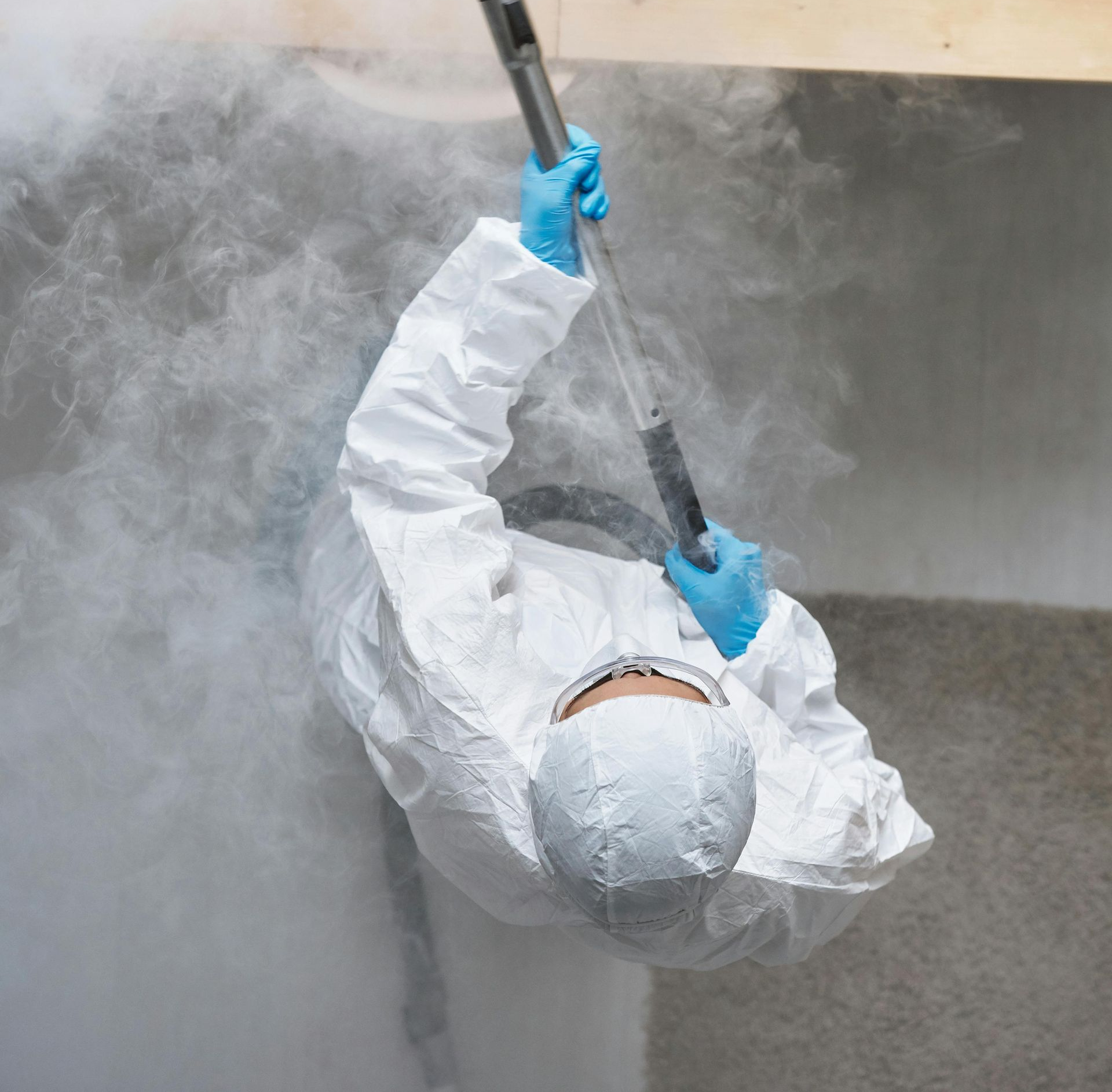Restoring Without Replacing: How Dry Ice Cleaning Helps Maintain Original Materials in Historic Sites
Preserving Historic Integrity with Dry Ice Cleaning
Historic buildings carry more than just stories, they carry craftsmanship, character, and cultural value. Whether it's century-old stonework, intricate wood detailing, or hand-forged iron railings, preserving these original materials is key to maintaining both the structural integrity and historic authenticity of the site.
But restoration work can be delicate. Traditional cleaning methods like sandblasting, chemical solvents, or abrasive tools can damage fragile surfaces, leaving behind scars that compromise the building’s value.
That’s where dry ice cleaning comes in—a modern technique with an old soul.
What Is Dry Ice Cleaning?
Dry ice cleaning uses compressed air to blast solid CO₂ pellets (dry ice) onto a surface. When the pellets strike the surface, they lift contaminants—such as paint, soot, mold, and grime—without leaving residue or causing abrasion. As the pellets make contact, they sublimate, turning directly into gas and leaving the material beneath untouched.
The result? A powerful but gentle cleaning process—perfect for historic restoration.
Why It’s Ideal for Historic Sites
Historic preservation projects often require a “first, do no harm” approach. The goal is not to modernize but to conserve. Here's how dry ice cleaning supports that mission:
✔️ Non-Abrasive
Unlike sandblasting, dry ice doesn’t scratch or erode delicate materials like aged wood, limestone, marble, or ornamental metalwork.
✔️ Chemical-Free
No harsh chemicals are used, which means no risk of chemical reactions, staining, or hazardous runoff—especially important in older buildings with mixed materials.
✔️ Moisture-Free
Because it doesn’t use water, dry ice cleaning is safe for use on porous materials and in tight spaces where moisture could cause damage.
✔️ Highly Targeted
Technicians can focus on specific areas without affecting surrounding materials, allowing for precision restoration in areas like decorative cornices, antique doors, or historic signage.
Real-World Uses: What Can Be Cleaned?
At MP Environmental, we’ve seen dry ice cleaning successfully restore and preserve:
- Historic stone facades coated with decades of pollution
- Antique wood beams blackened by soot or oxidation
- Wrought iron detailing with rust, flaking paint, or environmental buildup
- Brickwork and masonry with embedded grime or old paint layers
- Interior structural elements like joists, rafters, and paneling that must remain intact
A Cleaner Method for Cleaner Outcomes
Beyond the cleaning power, dry ice blasting also supports the logistics of working on historic buildings:
- It’s fast and reduces project downtime
- It produces no secondary waste (no grit, no runoff)
- It supports green restoration values through eco-friendly cleaning
- It can be performed in sensitive environments like museums or historic homes
Why Choose MP Environmental for Dry Ice Cleaning?
MP Environmental understands the unique challenges of working in historic environments. Our dry ice blasting services are:
✅ Delivered by trained technicians with experience in historic materials
✅ Scaled for both small features and large-scale facades
✅ Backed by EPA compliance and preservation best practices
We collaborate with municipalities, historical societies, facility managers, and restoration contractors across New York and beyond to bring buildings back to life, without erasing their past.
Let’s Help Your Site Tell Its Story—Safely
If you’re managing a historic restoration or maintaining an older structure, dry ice cleaning could be the solution you’ve been looking for. It allows you to restore the beauty of original materials while maintaining the integrity of the past.





